Swapping out a worn clutch might look like a straightforward job, but the flywheel throws a wrench into the mix every time. That big heavy disc isn’t just for looks. People often ask if they really need a new flywheel, or if it’s just upselling. Here’s the thing—sometimes changing the clutch without touching the flywheel is fine, and other times? You’re asking for weird noises, clutch chatter, or even a blown clutch job.
Some mechanics swear by always replacing the flywheel, but they probably haven’t seen your car up close. Your wallet wants a clear answer, not a guess. You can't see the flywheel’s real shape or surface until the gearbox is out. Does it have hot spots, grooves, or warping? Is it blue or cracked? These are deal breakers. Yet sometimes, all it needs is a quick resurface and you’re back in business, saving hundreds compared to a new one.
If you’re standing there, clutch kit in hand, don’t just guess on the flywheel. The right call can save you major labor and frustration. It’s not a black-and-white rule, but I’ll show you the red flags and the real tricks to help you hang onto your cash while keeping your drive smooth and trouble-free.
- What the Flywheel Actually Does
- Signs Your Flywheel Needs Changing
- Can You Reuse Your Old Flywheel?
- Tips for a Hassle-Free Clutch Job
What the Flywheel Actually Does
The flywheel isn’t just a chunk of metal hiding behind your engine. It’s doing real work every time you step on the clutch pedal. Its main job is to connect the engine to the transmission and help your car deliver smooth, predictable power to the wheels.
When your engine spins, the flywheel evens out those power pulses so your drive doesn’t feel jerky. It’s what keeps the engine running smoothly at idle. Also, it’s the part that the starter motor grabs onto when you fire up the car, and it’s got the surface the clutch disc rubs against every time you shift gears or take off from a stop.
If you’re wondering why mechanics worry so much about the flywheel during a clutch replacement, here’s why: A worn or damaged flywheel leads to all sorts of headaches—clutch slippage, grinding noise, even shuddering during acceleration. Every push and release of the clutch pedal puts wear on that surface. Over the years, that adds up.
- The flywheel stabilizes engine speed by storing rotational energy.
- It provides a surface for the clutch disc, helping the car move smoothly from a stop.
- The starter uses it to crank up the engine.
Flywheel weight matters too. Lighter flywheels can help engines rev faster, but can make street driving tougher—especially in traffic. Most daily drivers stick to factory weight for the best balance of smoothness and reliability.
| Typical Weight (Passenger Car) | Average Replacement Cost (USD) | Main Wear Symptoms |
|---|---|---|
| 13–25 lbs (6–11 kg) | $250–$600 (not including labor) | Burn marks, grooves, warping, scoring |
If you skip checking the flywheel during a clutch job, you risk messing up the whole process. It’s like changing your shoes but ignoring holes in your socks—you might not see trouble right away, but it’s right around the corner.
Signs Your Flywheel Needs Changing
If you think your old flywheel can tough it out for another round, it’s worth checking for more than just surface scratches. A flywheel in bad shape isn’t just annoying – it can ruin your brand new clutch kit fast. Here are the big signs that tell you to stop and reconsider:
- Visible cracks or heat spots: After thousands of clutch engagements, a flywheel can overheat and crack, especially if it’s been slipping. If you spot blue discoloration, burnt patches, or cracks, it’s toast.
- Deep grooves or scoring: If you run your finger over the surface and feel rough lines or ridges, the flywheel won’t grip the clutch properly. That means poor engagement or early clutch wear.
- Warping: A flywheel needs to sit flat. Warped ones usually show up as vibration, pulsation, or a “juddering” feeling as you let out the clutch. You can check with a straight edge or dial gauge, but usually the symptoms are obvious.
- Unusual noises: If you’re hearing rattling, chatter, or odd banging when shifting, the flywheel might be falling apart or losing balance. Don’t ignore these sounds just because the car still drives.
The odds aren’t small, either – a recent survey from a major UK auto parts chain found about 1 in 4 flywheels in clutch jobs were failing or needed resurfacing rather than reuse. If you want a quick overview, check out this table comparing common symptoms with potential flywheel problems:
| Symptom | Flywheel Problem | Risk if Ignored |
|---|---|---|
| Clutch chatter/judder | Warped or blued flywheel | Short clutch life, uncomfortable drive |
| Slipping clutch | Surface glazed or oily flywheel | No drive, more wear |
| Noises (rattle, bang) | Loose or cracked flywheel | Serious damage, safety risk |
| Poor clutch take-up | Scored or grooved flywheel | Poor grip, early clutch failure |
The big takeaway? Don’t cut corners. If you’re replacing your clutch and see any of these issues, consider replacing or at least machining the flywheel. Skipping this step is a gamble that rarely pays off.

Can You Reuse Your Old Flywheel?
This is the moment of truth for your flywheel—keep it, resurface it, or toss it out? Here’s what you really need to know to make the right call.
First, plenty of drivers keep their old flywheel when changing the clutch, but only when it passes a close inspection. If your flywheel is clean, smooth, and doesn't have cracks, deep grooves, or heavy burn marks, you’re in luck. Modern flywheels can last well over 100,000 miles, especially on cars driven gently. But aggressive driving or towing can cut that lifespan down fast.
- Surface Condition: Run your finger across it. Small glazing or light discoloration is fine, but anything that catches your nail (grooves, scoring) needs attention.
- Cracks or Hot Spots: Those blue or dark patches mean the metal overheated. Small heat checks are sometimes ok, but cracks mean game over—replace it.
- Warping: Lay a straightedge across the face. If you spot a gap over 0.005 inches (easily checked with a feeler gauge), you’re looking at either a resurface or replacement.
- Excessive Wear: If the starter ring teeth look chewed up or the mounting holes are out of round, don’t gamble—get a new one.
Sometimes you can get away with resurfacing, which costs about $40–$80 at a typical machine shop. Don’t resurface if you’re running a dual-mass flywheel—they’re not made for it, and you’ll cause more headaches. Stick with replacement if that’s the case.
| Flywheel Issue | Action | Approximate Cost (USD) |
|---|---|---|
| Minor glazing | Reuse or resurface | $0–$80 |
| Deep grooves/scoring | Resurface | $40–$80 |
| Heat spots/warping | Resurface or replace | $80–$400 |
| Cracks/damaged teeth | Replace | $150–$500+ |
If you ever feel unsure, ask the machine shop or your mechanic for their honest take. You don’t want to put it all back together and find out a week later that the clutch shudders or slips. Saving a buck now shouldn’t end up costing more labor (and headaches) down the road.
Tips for a Hassle-Free Clutch Job
Getting your clutch replaced can be a pain if you skip steps or ignore obvious warning signs. Here’s how to get it right, save time, and keep costs in check:
- Clutch replacement should always start with a full inspection. Make sure you or your mechanic actually checks the flywheel after dropping the transmission. Don’t just swap the clutch and call it a day—it’s a common rookie mistake that could cost you double labor if the flywheel turns out bad.
- Clean everything. Oil, grime, and old clutch dust can destroy new parts fast. Always wipe down the bellhousing, input shaft, and flywheel face. This helps your new clutch last and prevents weird smells and slippage.
- Use a torque wrench on all critical bolts. Guessing isn’t good enough. Over-tighten and you risk snapping bolts or warping the flywheel; under-tighten and you might end up with vibration or loose components.
- If your flywheel can be resurfaced, measure thickness before and after. Most flywheels have a minimum spec stamped on them. Dropping below spec means you’ll have poor clutch engagement or even worse, the clutch won’t release properly.
If you need some numbers to plan better, here’s a quick table showing typical clutch replacement costs with and without flywheel replacement or resurfacing for common passenger vehicles (based on U.S. shop rates as of 2024):
| Job Type | Typical Cost Range (USD) |
| Clutch kit only (reuse flywheel) | $700 - $1,000 |
| Clutch + new flywheel | $1,000 - $1,500 |
| Clutch + flywheel resurfacing | $800 - $1,100 |
One last tip: always replace the pilot bearing and throwout (release) bearing when you do the clutch. These little parts cost almost nothing but can ruin your day if they fail after all your hard work. And don’t forget to double-check that the slave cylinder and clutch fork are in good shape—neglecting these just adds future headaches.
Long story short—taking the time to inspect, clean, measure, and swap small worn parts is the best way to guarantee a smooth job the first time. Nobody likes pulling a transmission twice for something that could've been done right the first time.


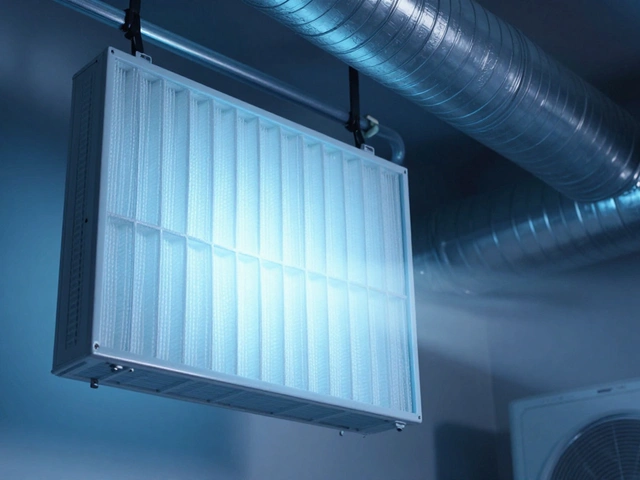

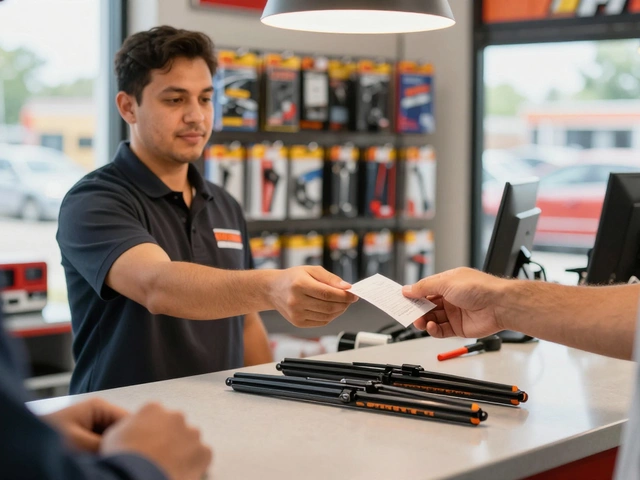
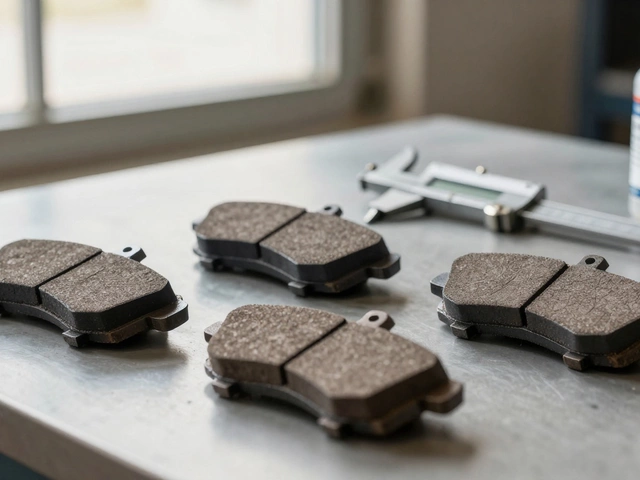


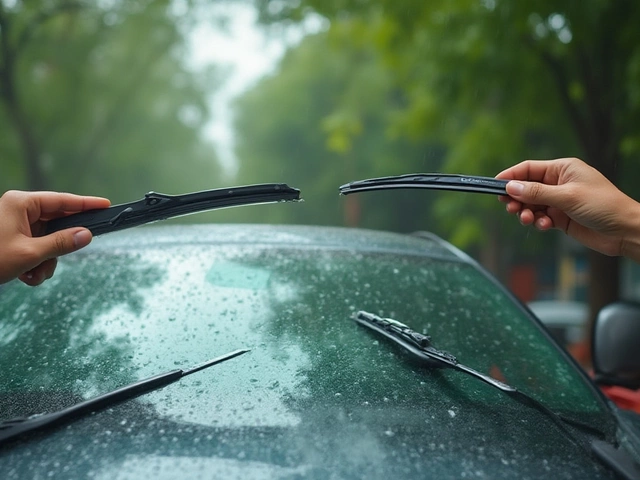
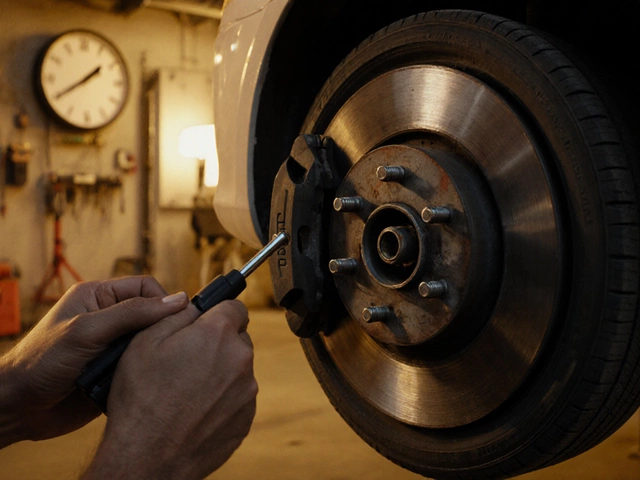
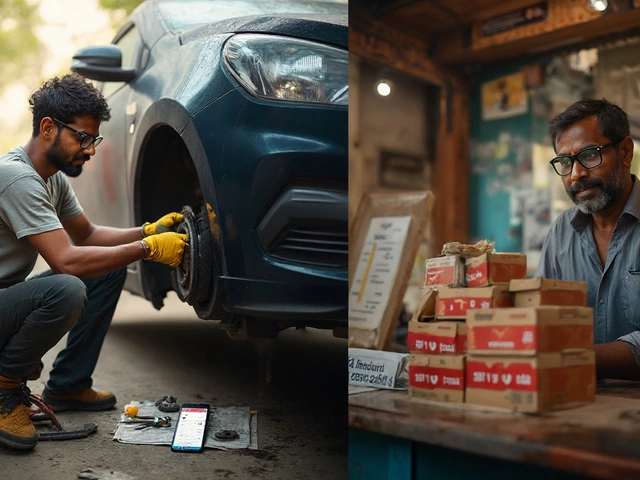
Write a comment